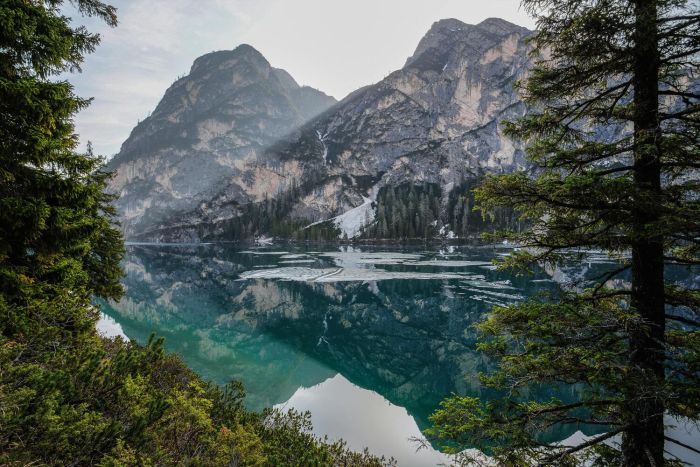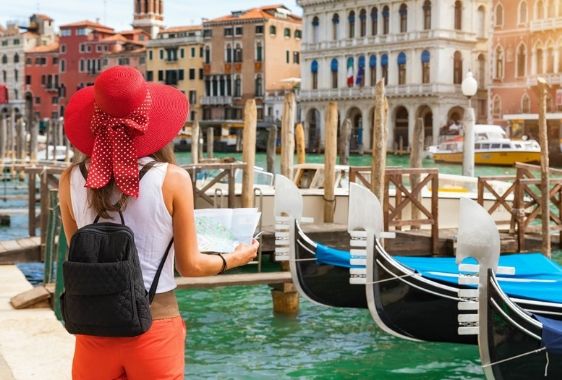How Old Is The City of Venice in Italy?
Consisting of 118 small islands linked by 150 criss-crossing canals and 417 bridges, Italy’s ‘Floating City’ was first inhabited in the 5th century A.D. by the Veneti—a mainland Italic tribe who sought refuge from the barbarians after the fall of the Western Roman Empire. By the end of the 6th century, these Mediterranean islands were expanded and permanently inhabited by growing numbers of persecuted peoples, including Christians, Jews, and Muslims, with numerous sea defences put in place to protect the city from enemy invasion.
Why Is Venice Called the Floating City
Due to the sandy nature of the ground, however, building on a lagoon was no easy task. The new Venetian population constructed solid foundations for the city by first driving huge wooden stakes through layers of mud, clay, and dense sand. Wooden platforms were constructed upon the stakes, and the buildings were then erected on top of these solid foundations. It was an ingenious method of construction. As a result of being submerged in water, the wood has not been exposed to the eroding effects of oxygen, thus the foundations have petrified into a solid, stone-like material. These stakes and platforms continues to support the incredible buildings of Venice to this day, including St. Mark’s Basilica (Basilica di San Marco)—the signature landmark of the city that is a must-see when exploring Venice. After learning about Venice's foundation, why not explore its evolution through the centuries? The Best of Venice Tour and Venice Highlights Mini Tour takes you through the city's most significant landmarks, helping you understand how this engineering marvel came to be.
Venice History of the Floating City: The Birth of a Maritime Power
In 726, the first leader, or Doge (Duke), of Venice was elected. By 1082, following decades of conflict, the city finally became a republic independent of the Byzantine empire. Venice came to be a great maritime power in the Mediterranean—the principal crossroads between the East and West—and the most prosperous commercial and cultural centre of the civilised world. Its mercantile interests were further strengthened in 1204 when the Venetians participated in the Fourth Crusade, capturing the Byzantine capital of Constantinople. Thereafter, Venice dominated trade throughout the Byzantine empire, eventually ruling the adjoining mainland province of Venetia, as well as Cyprus and a number of Greek islands.
The city's long history has bred countless fascinating tales. Dive deeper into Venice's mysterious past with the Small Group Venice Legends, Anecdotes and Ghost Stories tour - a perfect way to experience the atmospheric canals after dark.
Want to experience Venice as merchants did centuries ago? A Private Grand Canal Tour follows the same water routes that made Venice the Mediterranean's most prosperous trading center.
Venice Construction History: From Republic to Empire
Venice remained an independent republic for over 1000 years and was the only city in Italy to avoid invasion. Heavily influenced by the Byzantine style, which is particularly evident when visiting the Doge’s Palace, Venice became known as one of the most enlightened artistic centres in the world. It rivalled Rome and Florence during the Renaissance, contributing masterpieces from artists such as Titian, Jacopo and Giovanni Bellini, Tintoretto, and Veronese. However, the power of this cosmopolitan metropolis began to decline after it lost dominion over Cyprus in the 16th century, finally succumbing to Napoleon during the French invasion of 1797. No discussion of Venice's golden age is complete without visiting the seat of its power. The Doge's Palace Tour offers an intimate look at where the city's rulers guided Venice through its thousand years of independence.









